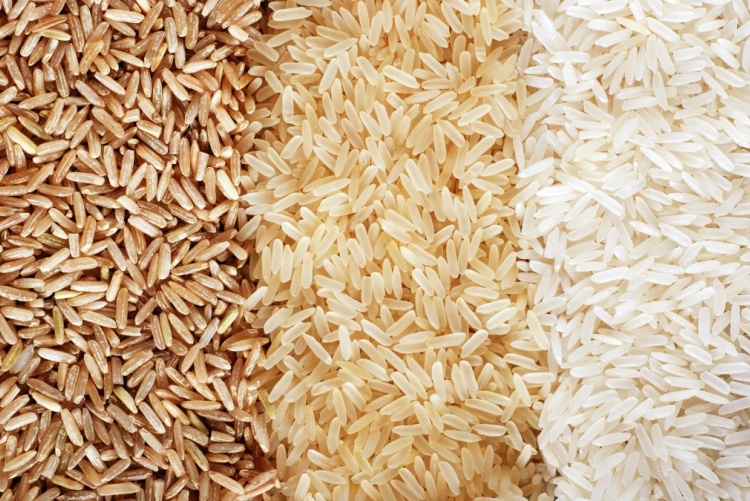Background
Rice cultivation in Côte d'Ivoire began in 1950.
During the 1960s and 1970s, the production of rice spread throughout the country with dominance in the West, North and Central West.
From 1970-1980, rice cultivation expanded, following the creation of SODERIZ, a State-owned agency established for the promotion of this commodity.
Importance of rice in the economy
Rice represents about 10% of GDP, out of a total of 13% for all food crops.
Rice has become the main staple of the Ivorian population estimated at about 24 million inhabitants.
Production
Rice is grown throughout Côte d'Ivoire, mainly in the regions of Poro, Tonkpi, Cavally, Worodougou, Goh, N'zi, Haut-Sassandra, Bafing, Gbêkê, Bélier and Nawa.
Production has developed as follows:
- 339,400 tons in 1999
- 628,200 tons in 2009
- 1,200,000 tons in 2014
Rice production currently covers an area of more than 600,000 hectares with 15% of production in the western, central-western and northern lowlands, 80% of production in the West, North and Central West and 5% of production in the Great Plains of Northwest and North.
Producers
There are around 2 million rice producers organized in 44 cooperatives, 2 unions of cooperatives and one national association (ANARIZCI) which includes one Management Planning Board (CGA) per developed perimeter.
Varieties:
The three main varieties of rice are irrigated rice, fluvial rice and flooded rice.
Local Processing
Two processing plants have a capacity exceeding 5 tons per hour.
There are also 98 mini mills with a capacity ranging from 1 ton/hour to 5 tons/hour and 350 micro-mills with a capacity of less than 1 ton/hour. Moreover, 1672 traditional units can process 500 kg of rice per hour.
Marketing
The rice produced in Côte d'Ivoire covers only 42% of the domestic needs and is marketed on the local market. It should be noted that an Ivorian consumes an average of 60 kg per year. In 2009, national consumption of rice was 1,547,265 tons and has been growing over the years.
The deficit in rice needed to cover domestic demand is around 803,000 tons. This shortfall is met with imports from Thailand and India. In 2013, imported rice cost 250 billion FCFA (381 million Euros), which represents 20% of the national budget for the purchase of basic food products.
Current constraints
- Irregular and insufficient rainfall
- Drop of soil fertility
- Significant post-harvest losses
- Presence of parasites
- Difficult access to lowlands for some rice farmers
- Unsuitability of agricultural equipment
Challenges and Opportunities
- High growth in national and sub-regional demand
- Implementation of an irrigation development plan
- Important supply of rice-growing land and abundant rainfall
- Implementation of National Rice Development Strategy 2012-2020 (SNDR 2012-2020) and the National Agricultural Investment Program (PNIA) for a more competitive and remunerative rice sector
- To cover all the needs of domestic consumption by domestic production
- Make Côte d'Ivoire a net exporter of rice from 2018.
- Meeting the entire national rice consumption needs estimated to reach 2,100, 000 tons in 2018

